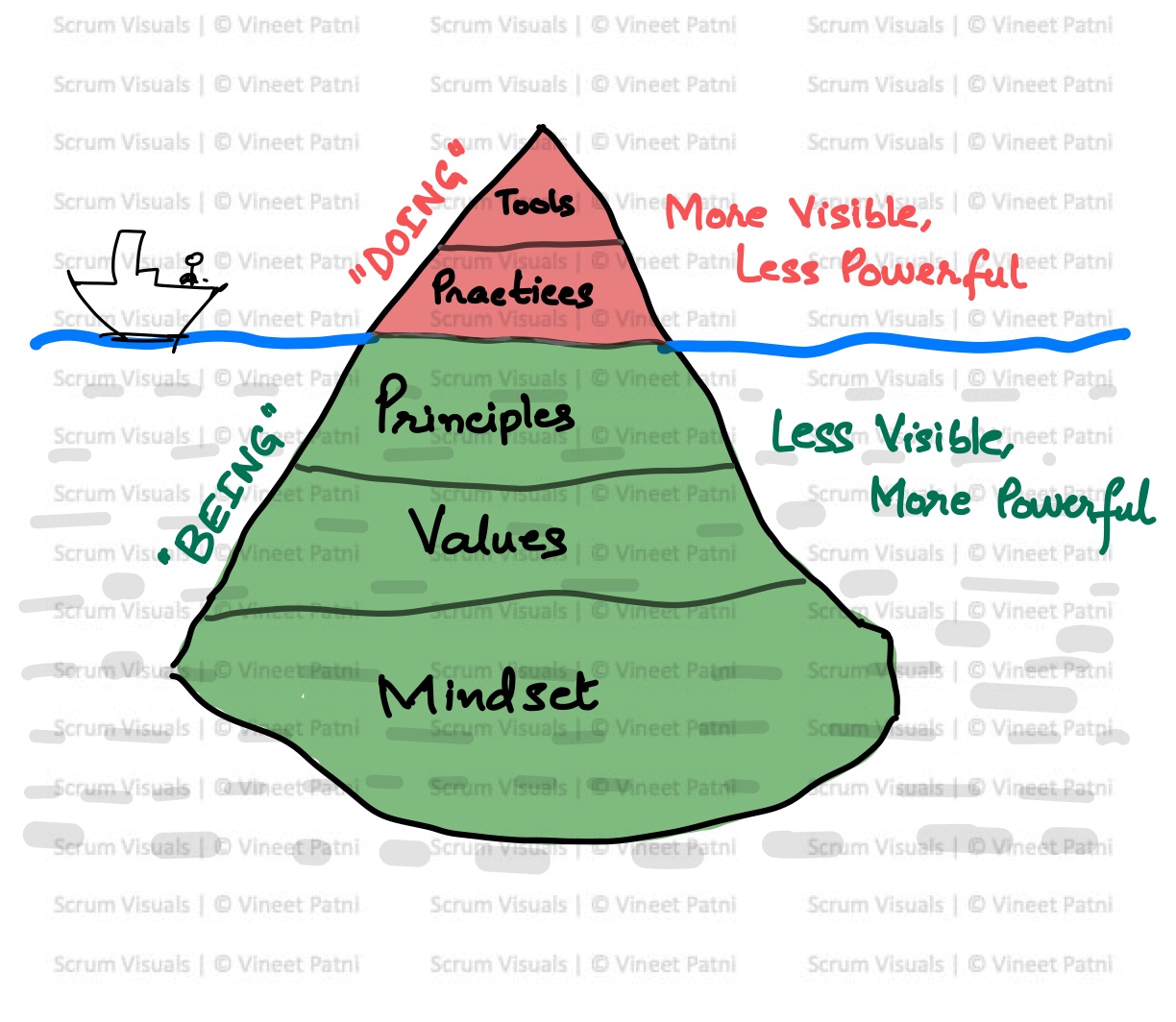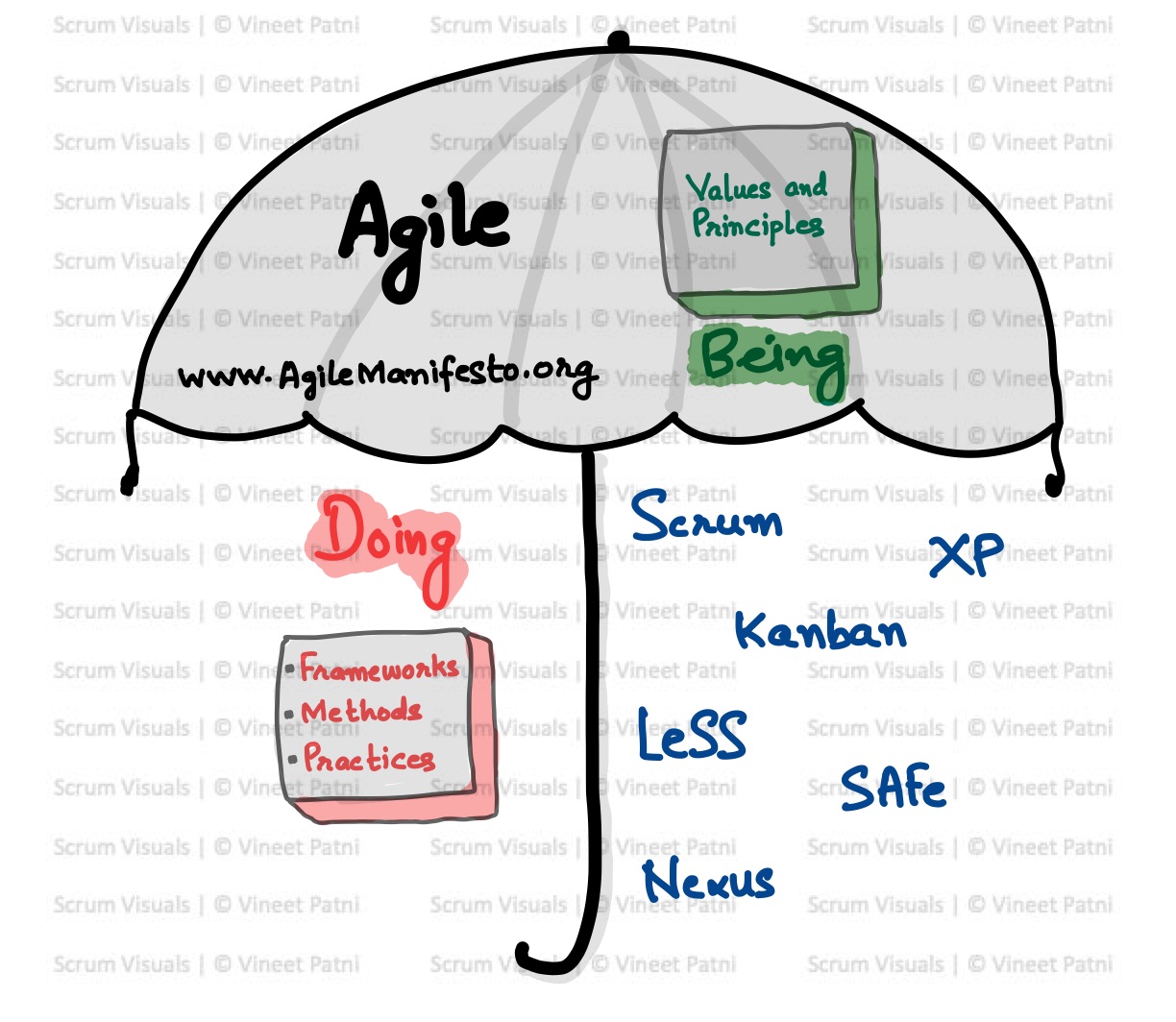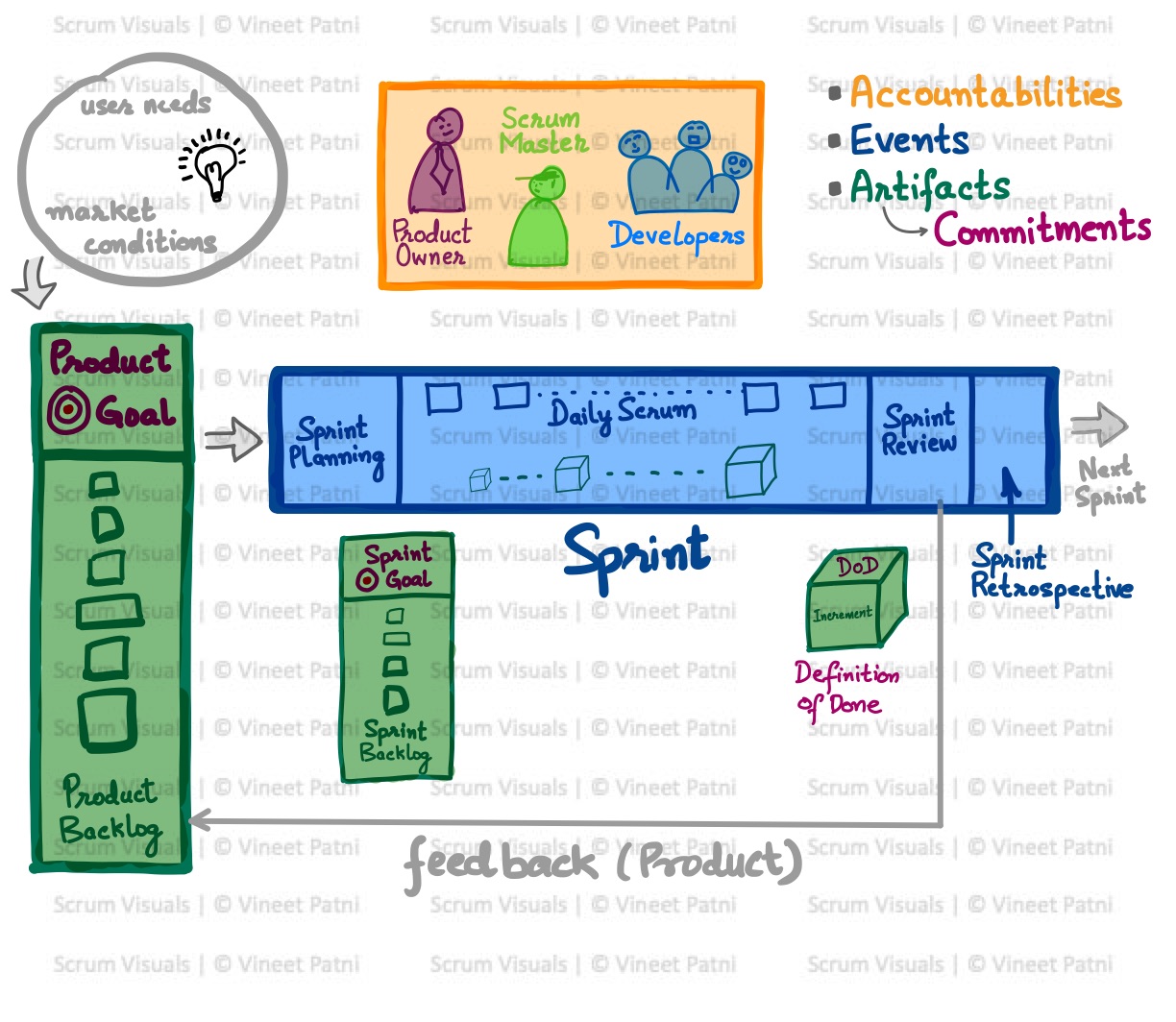Scrum Master vs Project Manager in Agile: Complete Role Comparison
In today’s Agile-driven world, organizations often grapple with understanding the distinctions between a Scrum Master and a Project Manager. While these roles may seem similar at first glance, they require different mindsets, skills, and areas of focus. Successfully balancing these roles is essential for project success, team productivity, and organizational growth.
Understanding the Roles
Roles and Responsibilities of a Project Manager
A Project Manager (PM) traditionally oversees the complete lifecycle of a project. Their responsibilities include:
- Planning and Execution: Creating project plans, managing timelines, resources, and budgets.
- Stakeholder Communication: Keeping stakeholders informed, managing expectations, and ensuring project alignment with business goals.
- Risk and Scope Management: Identifying potential risks, mitigating issues, and ensuring that the project scope is delivered effectively.
- Team Coordination: Collaborating with multiple teams to achieve project objectives efficiently.
The Project Manager is ultimately accountable for the successful delivery of the project, managing the project constraints well, and ensuring that the product meets client expectations and organizational requirements.
Roles and Responsibilities of a Scrum Master
A Scrum Master (SM) is a facilitator and servant-leader focused on guiding Agile teams to achieve optimal productivity and collaboration. Key responsibilities include:
- Team Coaching: Educating the team on Agile principles and the Scrum Framework, fostering self-organization, and ensuring that Scrum practices are followed effectively.
- Removing Obstacles: Identifying and mitigating blockers that hinder team progress.
- Supporting Product Owners: Helping prioritize the Product Backlog, defining goals, and facilitating stakeholder communication.
- Creating a Positive Environment: Encouraging transparency, openness, and continuous improvement within the team.
Unlike a Project Manager, a Scrum Master does not manage resources or budgets. Their focus is on people, processes, and promoting a culture of collaboration and agility.
Key Differences Between Scrum Master and Project Manager
| Aspect | Project Manager | Scrum Master |
| Focus | Project delivery, scope, budget, and schedule | Team performance, Scrum processes, and Agile values |
| Role Type | Managerial / Decision Maker | Servant-leader / Facilitator |
| Risk Tolerance | Low; strict adherence to plan | High; iterative improvement and learning from failures |
| Interaction | Communicates with multiple teams and stakeholders | Coaches and supports the Scrum team |
| Metrics | Project completion, budget adherence, scope fulfillment | Team Effectiveness, Scrum adherence, process improvements |
Can a Project Manager Also Be a Scrum Master?
Many organizations consider having a Project Manager take on the role of Scrum Master when adopting Scrum. While possible, this requires careful consideration:
- Skill Set Differences: Project Managers focus on timelines, budgets, and scope, while Scrum Masters focus on team dynamics, coaching, and facilitation.
- Potential Conflicts: Combining both roles can create conflicts, as the Project Manager’s authority might hinder the self-organizing nature of Agile teams.
- Context Matters: In organizations with simple structures and low bureaucracy, a Project Manager may handle a small Scrum Team effectively.
Ultimately, whether a PM can become a Scrum Master depends on their adaptability, Agile understanding, team size, and organizational culture.
Balancing the Roles in Modern Organizations
Organizations increasingly seek professionals who can blend aspects of both roles without compromising either:
- Leadership Skills: Both roles require strong leadership. PMs lead projects, while Scrum Masters lead people.
- Communication Skills: Clear communication is crucial for engaging with stakeholders, clients, and team members.
- Role Clarity: While skills may overlap, responsibilities must remain distinct to avoid confusion and maintain team efficiency.
A balanced approach ensures that projects stay on track while teams remain empowered, collaborative, and aligned with Agile values.
Conclusion
While the Scrum Master and Project Manager roles share some similarities, they are fundamentally different in focus, mindset, and responsibilities. Organizations should maintain clarity in these roles to ensure the success of Agile transformations and project delivery. In some cases, combining roles may work depending on context, but role distinction generally leads to better outcomes for both the team and the organization.
For a practical discussion on this topic, check out the full explanation here:
Scrum Master vs. Project Manager Video
For deeper insights and hands-on guidance, explore our Scrum Master and Project Manager training programs designed to boost your Agile leadership skills.











